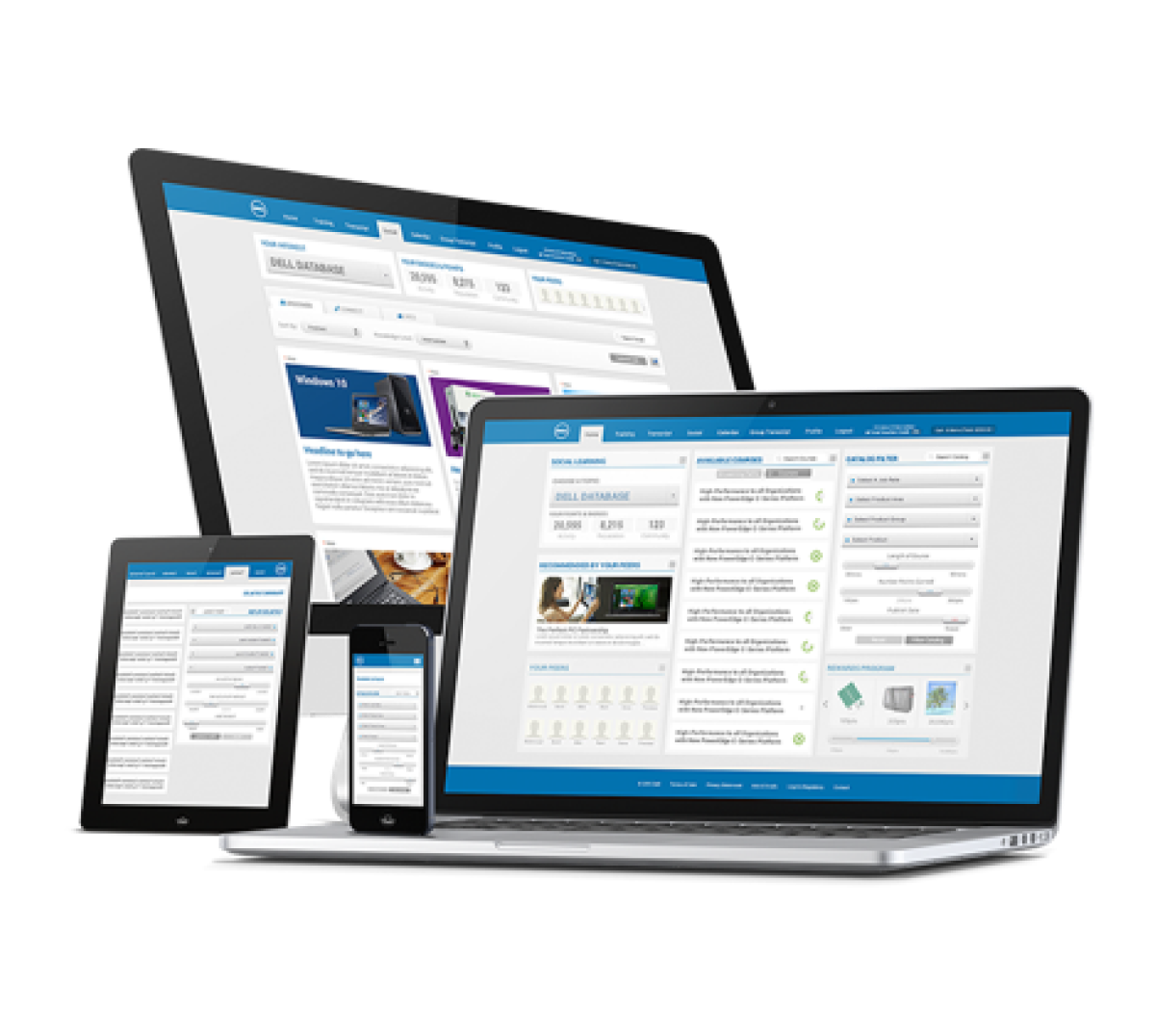
Guest post by Brian R. Brauer, Ed.D. and Ryan Snow, M.Ed

The Results level is the fourth, final, and most difficult level in Kirkpatrick’s model to assess following training. At this level, the organization is looking beyond the ability of employees to complete the work (level 3 – Behavior), if learning occurred as a result of the training (level 2 – Learning), and if the student enjoyed or felt like they learned at the training (level 1 – Reaction). Level four looks at if the expected outputs of the training are realized. Did the organization improve in some measurable way due to the training?
If the training aimed to introduce a new technique that should improve productivity, is that increased productivity being realized? If training was targeted to improve team dynamics or communication, are those results occurring as planned?
The Results level is the most challenging level to assess because it will require observations of students and the collection of data over time. This level of evaluation needs to be thought out before the training starts. You will need to know what you expect to improve due to the training. This change must be measured before the course happens and in intervals afterward.
Are customers more satisfied? Is work completed with greater speed or accuracy, or both? Is waste reduced? Have sales improved? All of these things can be measured, and it will be important to ensure that improvements or shortcomings result from the training and not other factors in the organization.
There you have it- from the simplest to the most complex ways to assess if a training class or program had the expected impact on your organization. What will you measure from your next training?
Book a Demo
Experience how NetExam LMS+ can supercharge your training operations and boost your customer and partner retention. Enter your email address and we’ll connect you with the right person.


